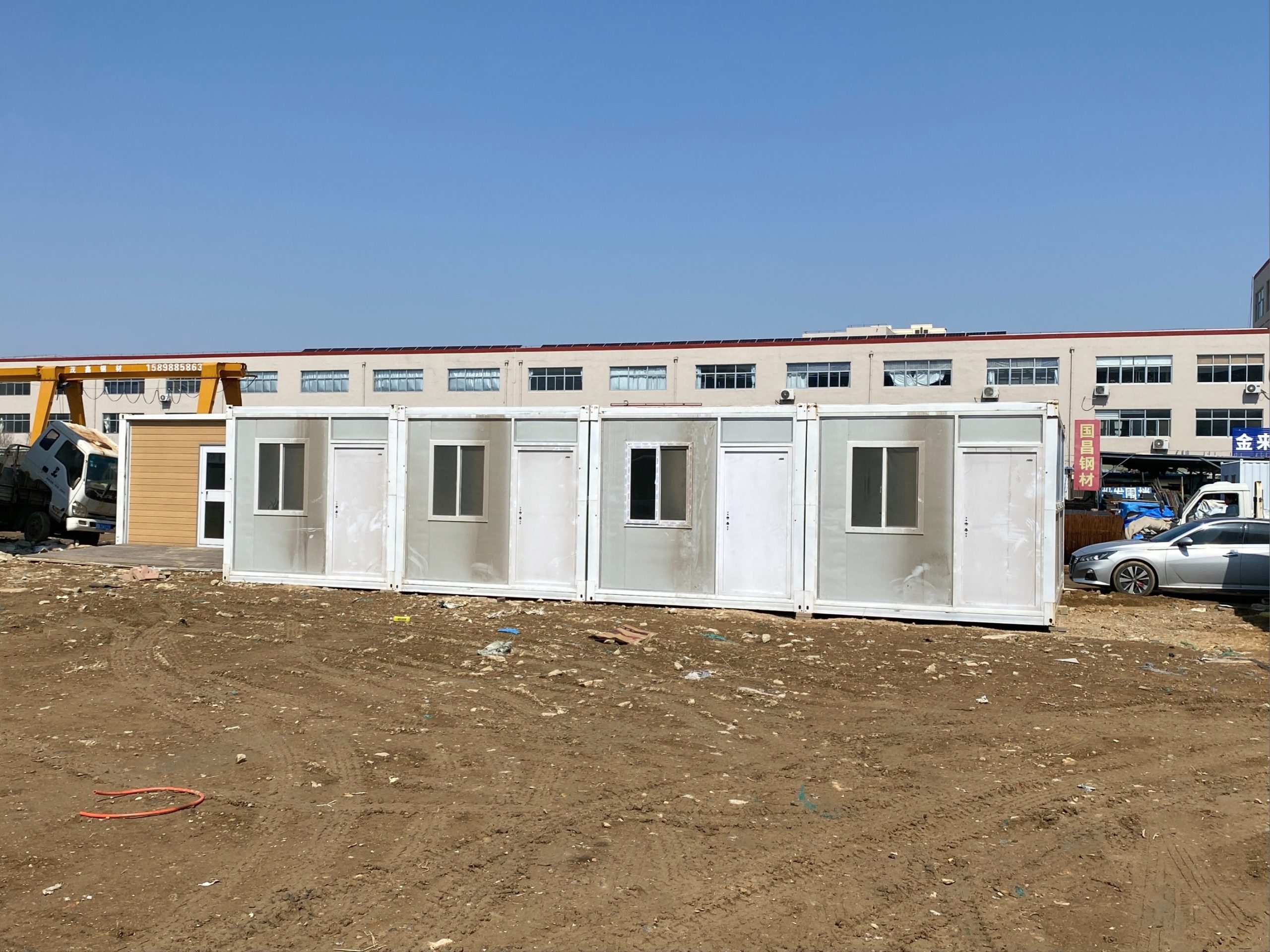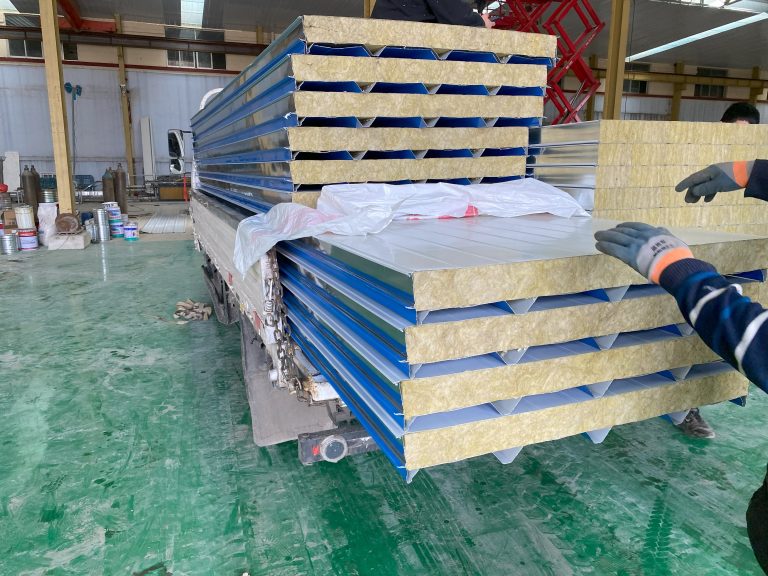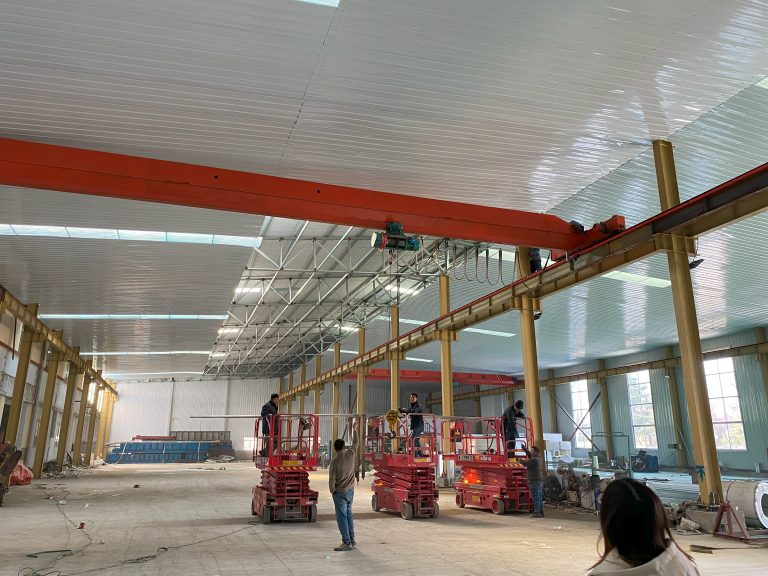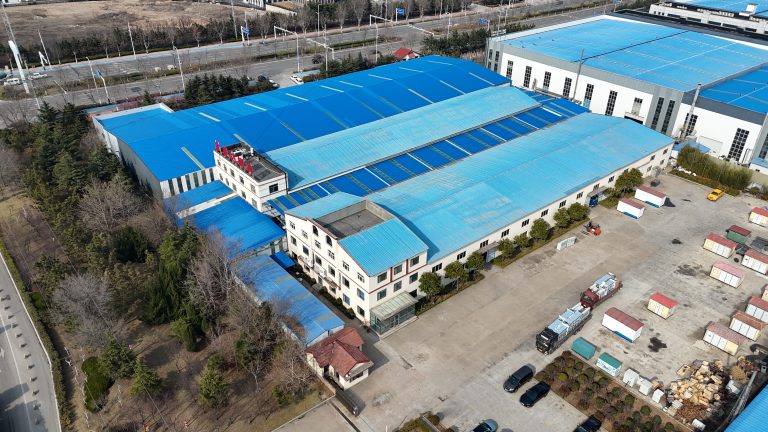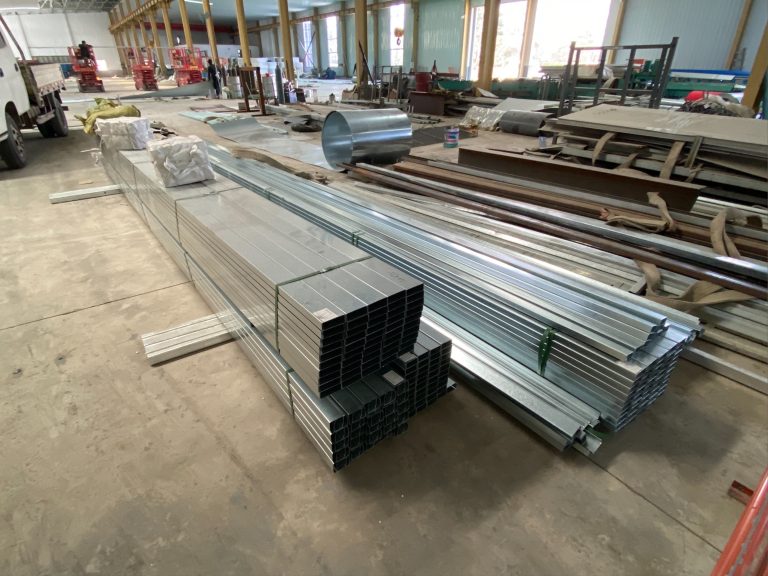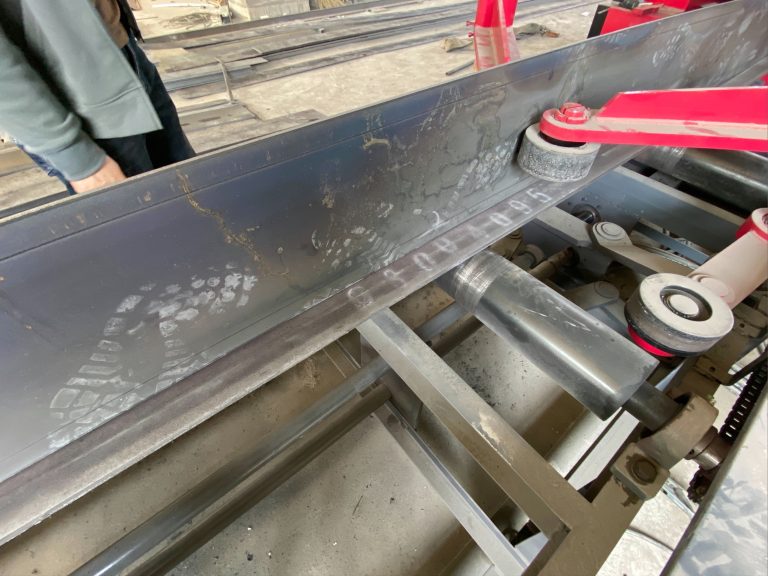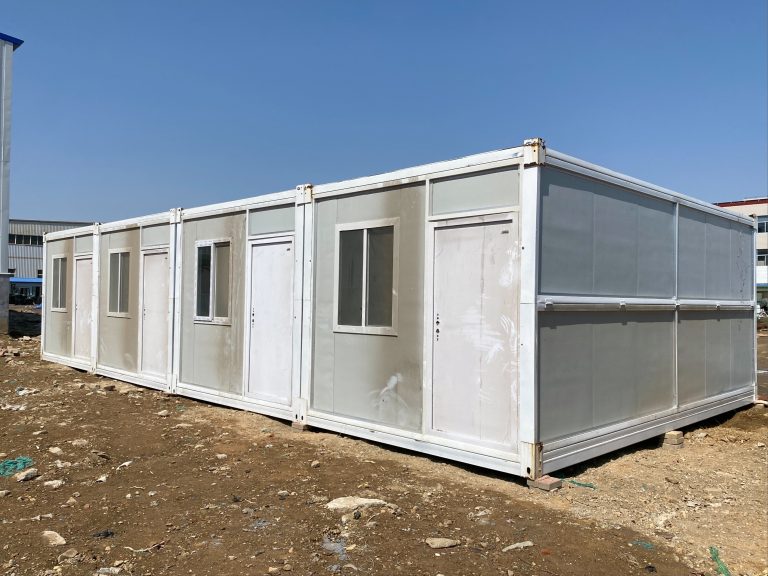The role and challenge of steel construction in the process of urbanization
Inhoudsopgave
Sustainable Steel Construction Practices in Urban Development
Urbanization is a global phenomenon that is rapidly transforming the landscape of cities around the world. As populations continue to grow, the demand for infrastructure and buildings in urban areas is increasing at an unprecedented rate. Steel construction plays a crucial role in meeting this demand, as it offers a versatile and sustainable solution for building in urban environments.
One of the key advantages of steel construction is its strength and durability. Steel is a highly resilient material that can withstand extreme weather conditions and natural disasters, making it an ideal choice for buildings in urban areas that are prone to earthquakes, hurricanes, and other environmental hazards. Additionally, steel structures have a long lifespan and require minimal maintenance, reducing the need for costly repairs and renovations over time.
In addition to its strength and durability, steel construction is also highly versatile and adaptable. Steel can be easily shaped and molded into various forms, allowing architects and designers to create innovative and unique structures that enhance the aesthetic appeal of urban environments. Furthermore, steel buildings can be constructed quickly and efficiently, reducing construction time and minimizing disruption to surrounding areas.
Despite its many advantages, steel construction also presents several challenges in the process of urbanization. One of the main challenges is the environmental impact of steel production. The manufacturing of steel involves the extraction of raw materials, such as iron ore and coal, which can have a significant impact on the environment. Additionally, the production of steel generates large amounts of greenhouse gas emissions, contributing to climate change and air pollution.
To address these challenges, sustainable steel construction practices have been developed to minimize the environmental impact of steel production and construction. One such practice is the use of recycled steel, which reduces the need for new raw materials and lowers energy consumption during the manufacturing process. Additionally, steel buildings can be designed to be energy-efficient, using advanced insulation and ventilation systems to reduce energy consumption and lower carbon emissions.
Another sustainable practice in steel construction is the use of prefabricated components, which are manufactured off-site and assembled on-site, reducing construction waste and minimizing disruption to urban areas. Prefabrication also allows for greater precision and quality control, resulting in faster construction times and lower costs.
In conclusion, steel construction plays a vital role in the process of urbanization, offering a sustainable and versatile solution for building in urban environments. While steel construction presents challenges in terms of environmental impact, sustainable practices have been developed to minimize these effects and promote a more eco-friendly approach to construction. By incorporating sustainable steel construction practices into urban development projects, cities can create resilient and efficient buildings that meet the needs of their growing populations while also protecting the environment for future generations.
Overcoming Challenges in Steel Construction for Urban Infrastructure Growth
Urbanization is a global phenomenon that is rapidly transforming the landscape of cities around the world. As populations continue to grow, the demand for infrastructure and buildings in urban areas is increasing at an unprecedented rate. Steel construction plays a crucial role in meeting this demand, as it offers a number of advantages over other building materials. However, there are also challenges that must be overcome in order to fully realize the potential of steel construction in the process of urbanization.
One of the key advantages of steel construction is its strength and durability. Steel is a highly versatile material that can be used to create structures of almost any shape or size. This flexibility allows architects and engineers to design buildings that are both aesthetically pleasing and structurally sound. In addition, steel is resistant to fire, corrosion, and pests, making it an ideal choice for buildings in urban areas where these risks are heightened.
Another advantage of steel construction is its speed of construction. Steel structures can be prefabricated off-site and then assembled on-site, reducing construction time and minimizing disruption to the surrounding area. This is particularly important in urban areas where space is limited and construction schedules are often tight. In addition, steel construction is more environmentally friendly than traditional building methods, as it produces less waste and can be recycled at the end of its life cycle.

Despite these advantages, there are also challenges that must be addressed in order to fully realize the potential of steel construction in urban areas. One of the main challenges is the cost of steel. While steel is a relatively inexpensive material, the cost of fabrication and installation can be high, particularly for large-scale projects. This can make steel construction less competitive with other building materials, such as concrete or wood, which may be more cost-effective in certain situations.
Another challenge is the environmental impact of steel production. The process of manufacturing steel is energy-intensive and can produce large amounts of greenhouse gas emissions. In addition, the mining of raw materials for steel production can have negative impacts on the environment, such as deforestation and habitat destruction. As cities around the world strive to reduce their carbon footprint and become more sustainable, finding ways to mitigate the environmental impact of steel construction will be crucial.
In order to overcome these challenges, researchers and industry professionals are exploring new technologies and techniques to make steel construction more cost-effective and environmentally friendly. One promising development is the use of high-strength steel alloys, which can reduce the amount of steel needed in a structure while maintaining its strength and durability. This can help to lower construction costs and minimize the environmental impact of steel production.
Another innovation is the use of recycled steel in construction projects. By using recycled steel, builders can reduce the demand for new steel production and lower the carbon footprint of their projects. In addition, advances in digital design and fabrication technologies are making it easier to optimize the use of steel in building design, further reducing costs and environmental impact.
In conclusion, steel construction plays a vital role in the process of urbanization by providing strong, durable, and sustainable building solutions. While there are challenges that must be overcome, such as cost and environmental impact, ongoing research and innovation are helping to make steel construction more competitive and environmentally friendly. By addressing these challenges, we can ensure that steel continues to be a key component of urban infrastructure growth for years to come.

